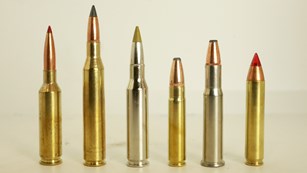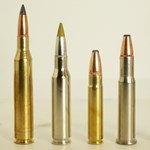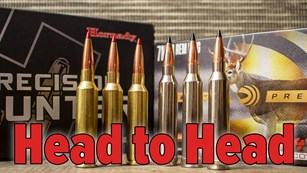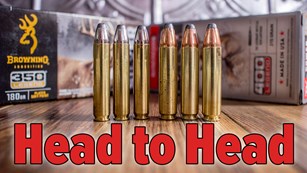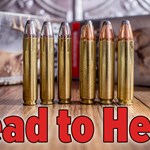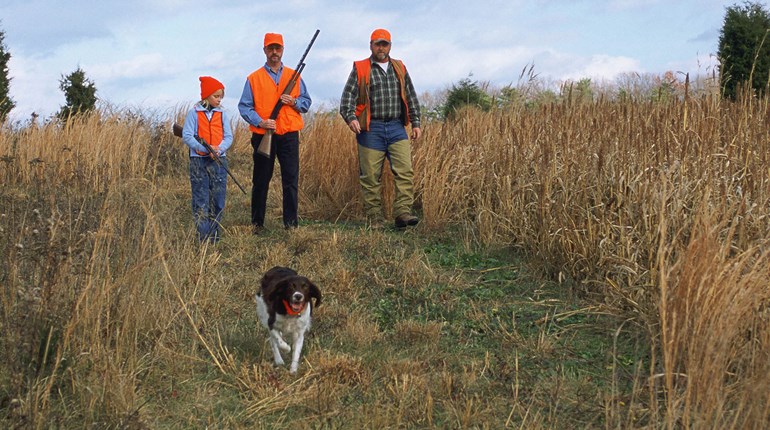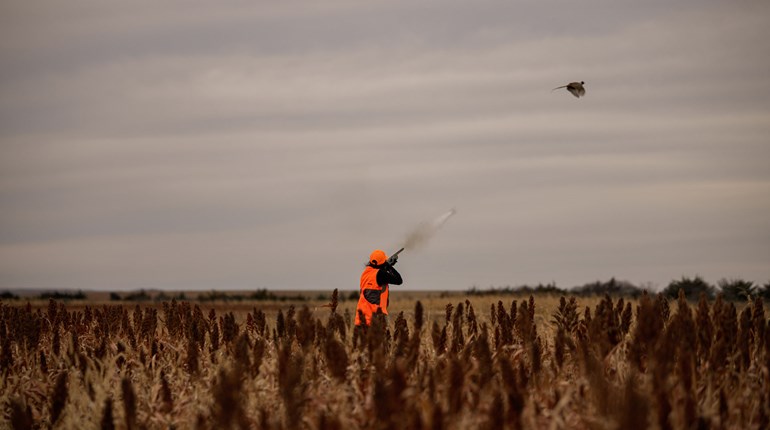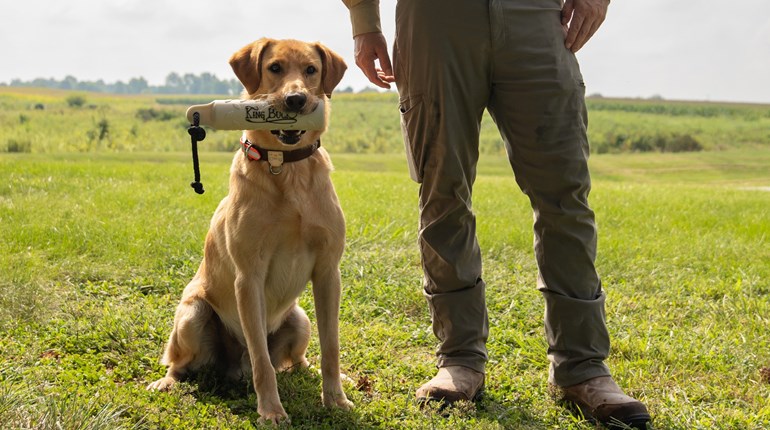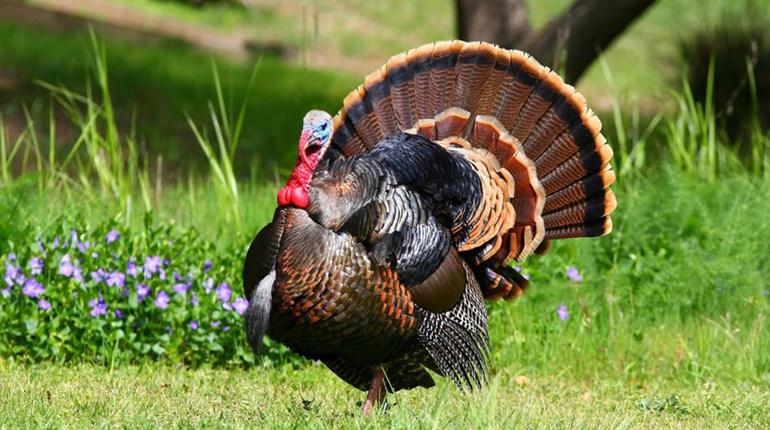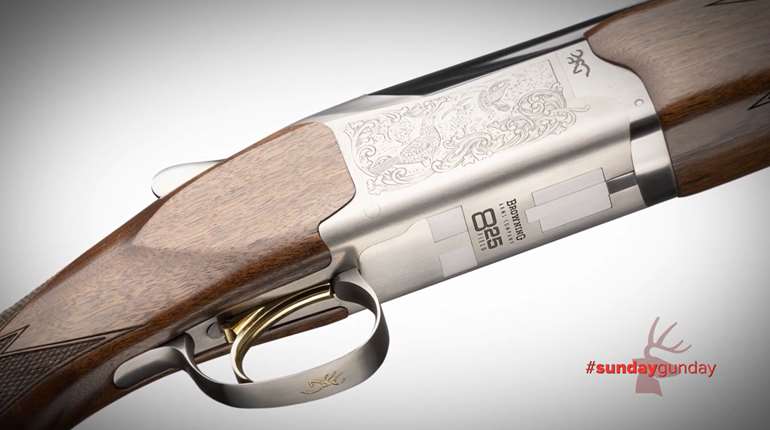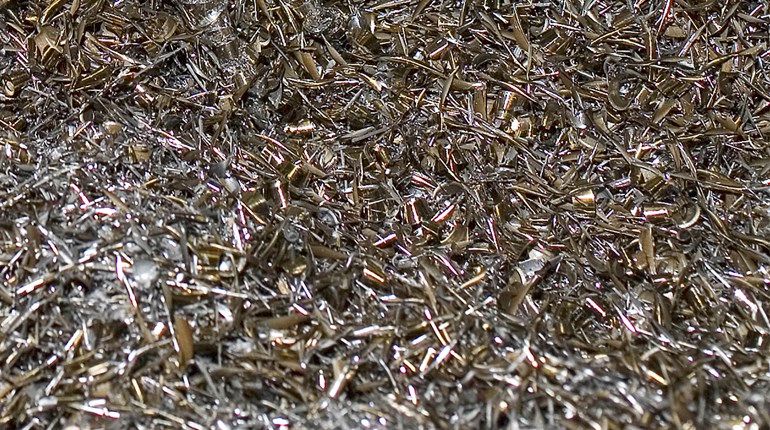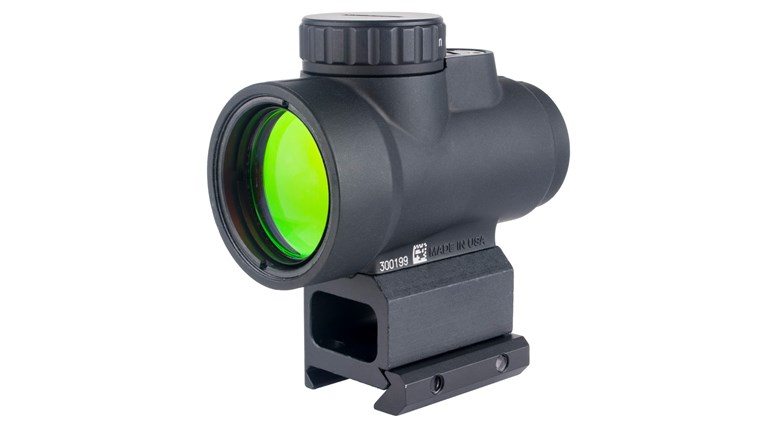
When I was 16, I was invited on my first pheasant hunt by a neighbor. George lived two houses down and he knew I was interested in hunting. While I was out working on my first car, he stopped by and asked me if I wanted to accompany him and his grandson, Aaron, on a hunt. George had two bird dogs, and I’d often see him training them in his backyard. He wanted to head down to the Imperial Valley in California the following weekend to chase pheasant. At that time, I had never hunted behind a well-trained bird dog, and I had never hunted pheasant.
On the day of the hunt, we headed to the valley and headed for some agricultural fields in the southeast. After a bit of searching, we came to an open field next to a water canal. George pulled over and got the dogs out. Before we started hunting, George laid out the rules. To keep things safe, he would tell us when to shoot to avoid any issues with the dogs.
We grabbed our gear and started moving in a line across the field. The brush was about knee-high and the dogs zig-zagged out in front of us. Occasionally George would blow a whistle and call to the dogs to keep them in line. About halfway across the field the dogs started acting differently. They focused on one area and almost refused to leave it. One dog stopped and just stood there. “They’re getting birdy!” George stated. We lined up near the area, but nothing was flushed.

We hunted all the way across the field without seeing any birds. We walked about 100-yards down the edge of the parcel, turned around and started working our way back towards the truck. We hadn’t gone 20-yards when the dogs froze up and wouldn’t move. “That’s a bird!” George said excitedly. He instructed us where to set up, and we slowly began to walk forward. The dogs remained still and on point. Without warning the rooster pheasant exploded from the thick brush only three feet in front of me. The loud cackling and the violent escape caught me completely off guard. The rooster headed straight out and both me and Aaron emptied our shotguns at the fleeing bird. Not a single feather of that pheasant was harmed. The brief event was punctuated by George’s hearty laughter.
That was the only chance we got at a pheasant during that short hunt. Despite coming up empty handed, the hunt was an awesome first experience for me. On the drive home, I asked George all kinds of questions about pheasant hunting. Knowing that I would likely never get into training dogs, I asked him if hunting pheasant without a dog was a possibility. He looked over at me like I was nuts. “Well, you could, but why would you?” he said.
If you dissect a bird dog pheasant hunt, you understand that having the dog locate the bird in thick cover prior to the shot is a huge part of a hunter’s success. Likewise, is the retrieval of the downed bird. In short, the dog can easily make or break a pheasant hunt. If a hunter decides to remove the dog from the equation and attempts to hunt pheasant successfully without one, the odds are seriously stacked against you. It is not impossible, however, and I’ve been successful on dogless pheasant hunts many times. You’ll do a lot of hiking, but if you pay attention and put in a little pre-season scouting, you can be successful.

Know Your Adversary
Pheasants are ground birds and spend more time running than flying. Males or roosters are large birds, weighing in at 2-3 pounds, making them the largest flushing bird hunters can pursue. They thrive in semi-open habitat that include grasslands, farmlands and woodland edges. Their ideal habitat is a mix of open forage areas, adjacent to dense, undisturbed thick cover like grasses and weeds. These thicker habitat edges serve as quality pheasant nesting areas, as well as cover from predators. The fallow edges of agricultural fields are especially attractive to pheasants. If you can get private land access to these locations, birds will occupy these edge parcels.

Just because it’s a bigger bird doesn’t mean it’s easier to hit. Almost immediately after an explosive flush, escaping birds will reach top speed and can be tough to bring down. Successful wing shooters give the flushed bird a healthy lead before the shot is taken. As far as shot size, leave the small dove loads at home. Bigger birds require more shot energy to knock down. I’ve had luck with high-based shells, with a shot size of 4s or 6s. And killing them in the air is paramount. If they hit the ground alive and still have their legs under them, you’ll never find them without a dog.

Pre-Season Scouting
Prior to pheasant season, I see a few birds on public land while I’m out hunting other species. I make note of these sightings and carve out some time to walk the areas prior to the pheasant season opener. I look for prints, droppings and discarded feathers. Understanding the freshness or age of these clues should drive your decision to hunt it. Old sign will move a location down the hunt list for me. New or fresh sign will earn it a closer look during the season.
While the overall goal of preseason scouting is to locate quality habitat and birds, I do my best not to spook birds out of the location. If I’m lucky enough to spot pheasants while searching the area, I’ll back out and return to hunt it on the opener. If preferred edge and forage habitat is nearby, the location moves to the top of my hunt list
Just like hunting with a bird dog, you want to spend your time searching in ideal pheasant habitat. Honestly, if you find areas with the correct habitat, that has pheasant sign, make that spot a priority during the season.

Time to Hunt
When I arrive at my hunting spot, I always try and hike through the area with the sun at my back. This helps me see the flushing birds better, assisting me in hopefully making a good shot. Walking around the area, I make sure that I brush up against the fallow habitat making noise as I hike. What I call stomping the brush. I’ve always done this. Resting birds will become startled and either flush or run down the edge row.

Without a canine’s sensitive nose to point out a bedded bird, I do have to always stay alert and be ready for the often-unexpected flush of a nervous pheasant. I also take my time and try and make an accurate shot, killing the bird in the air. I like to say the simple phrase “you-have-time” to myself, so I’m calm and focused during the shot. I’ve always thought that a rushed shot is a missed shot. Honestly, everything else I do is exactly like pheasant hunting with a dog.
As a young hunter, I knew I’d never be able to spend the time to train a bird dog. I also knew I wasn’t going to let that stop me from chasing pheasants. Whether you’re hunting wild birds or planted birds in a Wildlife Management Area, hunting without a dog is challenging. You’ll spend a lot of time searching for pheasants on your own, as well as retrieving downed birds. However, chasing them on your own is very rewarding.
With the fall pheasant season coming up, don’t let the absence of a hunting dog keep you from chasing the king of the upland. Lace up your hunting boots, stay alert and shoot straight. Dog or not, the roosters are waiting!




